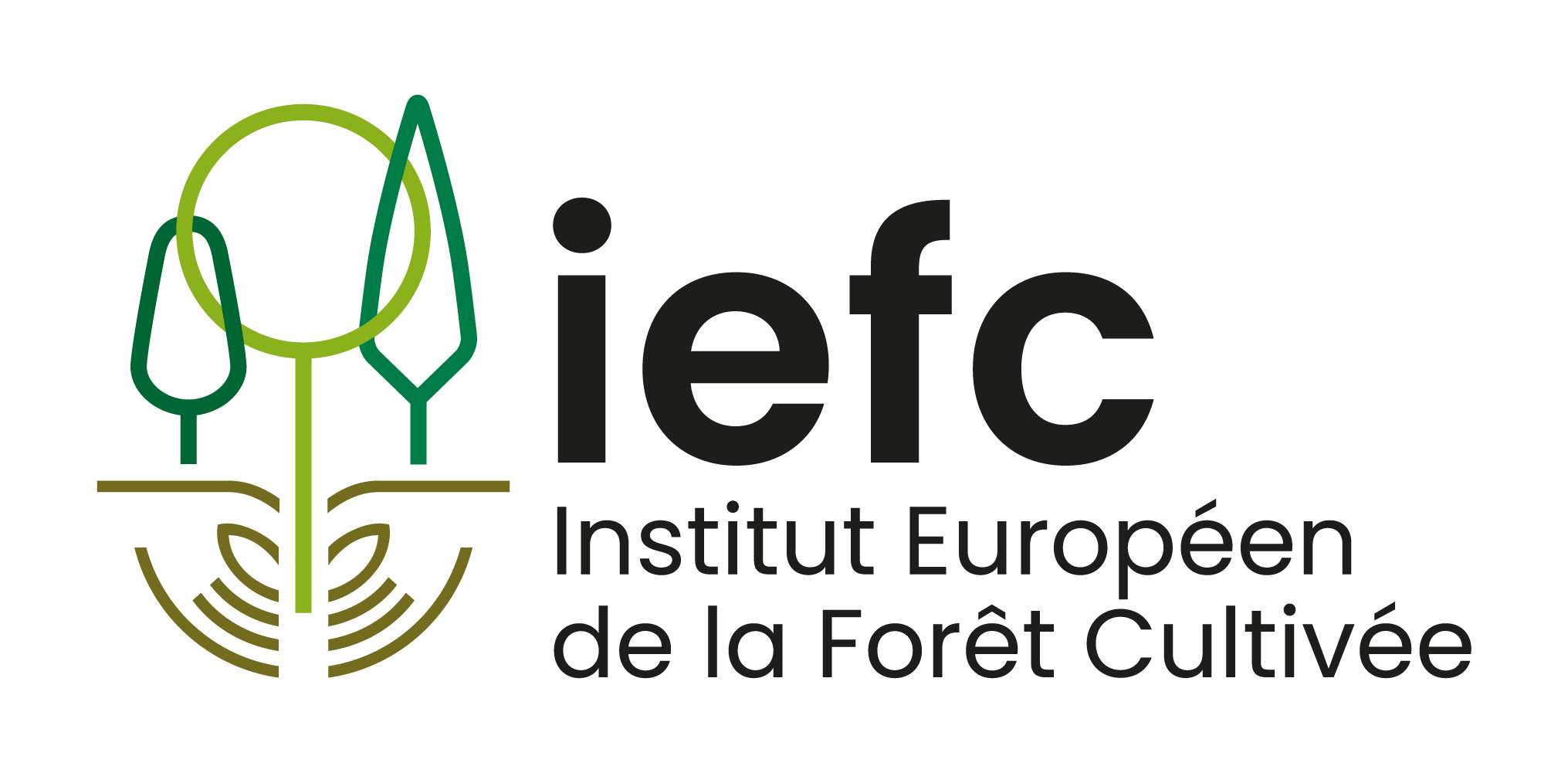The FIRE-RES project recently concluded a valuable General Meeting between November 7th to 9th, where an interlinked effort was made to address wildfire challenges and increase the resilience of landscapes against fires.
Starting with a warm welcome and institutional overviews by ISA, FWISE, and AFVS, the first day set the foundation for insightful sessions ahead. Work Package Leaders from CTFC shared with us their roadmaps matching the project’s objectives while exploring the theme of understanding Extreme Wildfire Events (EWEs) which are wildfires exceeding the current control capacity. They also called attention to their role in forging resilient landscapes. Experts like Zisoula Ntasiou, Martí Rosell, and Teresa Valor shared meaningful accounts and invaluable lessons, laying the groundwork for subsequent discussions.

Reminder presentation of project objectives during FIRE-RES General Meeting
On the second day, the journey continued beyond the confines of the meeting rooms. A field trip to Penafiel became an exploration, showcasing practical applications of forest management at three different stops : the first one at REN (Redes Energéticas Nacionais) dealing with fuel-breaks setup under power lines, another one at Quinta Aveleda exploring grant systems promoting land-use changes in highly fire prone areas, and finally another at the “Biodiversity Island”, Fonte Arcada demonstrating the biodiversity benefits resulting from planting broadleaves hedgerows for fire-risk mitigation.

Field trip stop to discover Biodiversity Island bioeconomy options
These plans and ideas are similar to those being developed in the Nouvelle-Aquitaine Living Lab: a collaboration between IEFC (European Institute of Planted Forest), INRAE (National Institute of Research in Agronomy and Environment and SDIS (Regional Fire and Rescue Service) designed to build a fire-risk map of the region through modelling and simulating wildfire spread. This work is aimed at promoting land-use changes with local municipalities making use of the IEFC network (SYBARVAL, PaysBARVAL, PNR Landes de Gascogne…) and was one of the objectives of the innovation committee meeting of the Living Lab that met on 26th of September.

Innovation committee meeting in Mimizan on the 26th September 2023
After this field trip in Portugal, stakeholder engagement took center stage through a round table discussion and media interviews, emphasizing collective action’s significance. The day culminated in a comprehensive discussion, combining on-ground initiatives and technological advancements.
On the final day, the focus shifted towards reporting progress and key outputs across various domains led by Work Package Leaders. A great example of technologic key outputs was presented by the Bulgarian and Greek Living Lab and is consists on the use of a fire behaviour simulator coupled with decision support systems, to design short-term risk mitigation solutions. Another example that can be cited is the communication strategy among big forest owners, making it possible to manage at the landscape level, which is expected to have a significant impact. Progress was also highlighted by the INESC TEC team demonstrating wearable smoke sensors to increase firefighters safety.
As this chapter closes, the collective commitment and innovative approaches showcased, illuminate a path toward landscapes resilient against the threat of wildfires. The next General Meeting is planned to take place in Nouvelle-Aquitaine Living Lab in 2024 so stay tuned for further developments as the FIRE-RES project continues its journey of innovation and resilience.
Lucas Moreews, Forest Engineer for European Institute of Planted Forest
